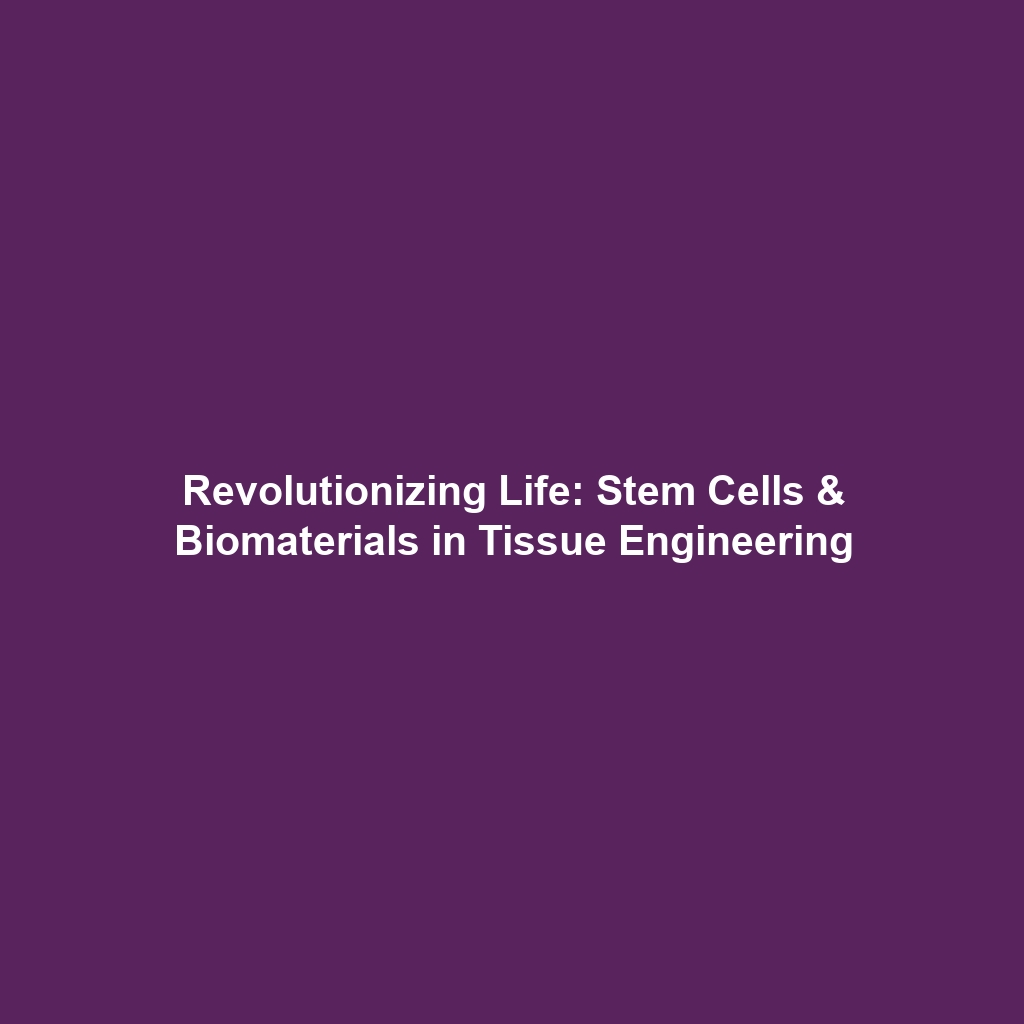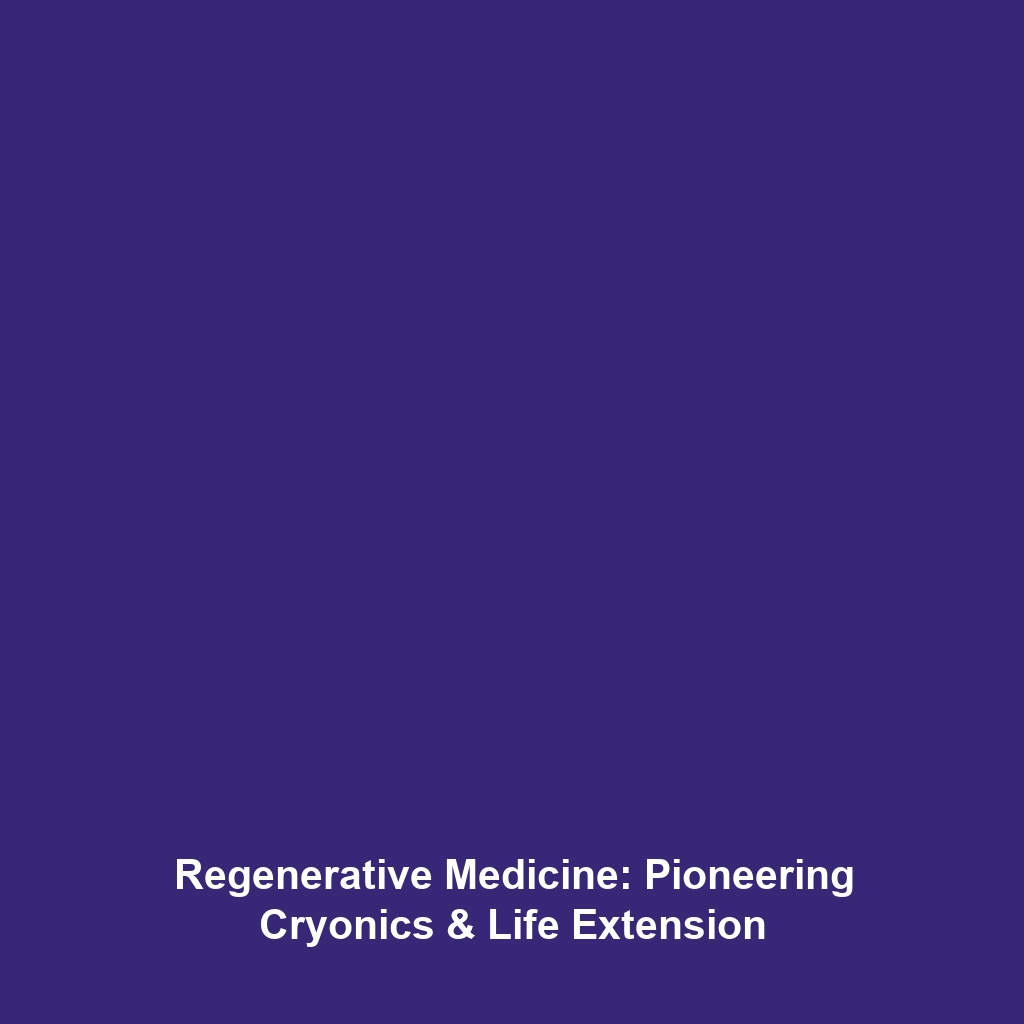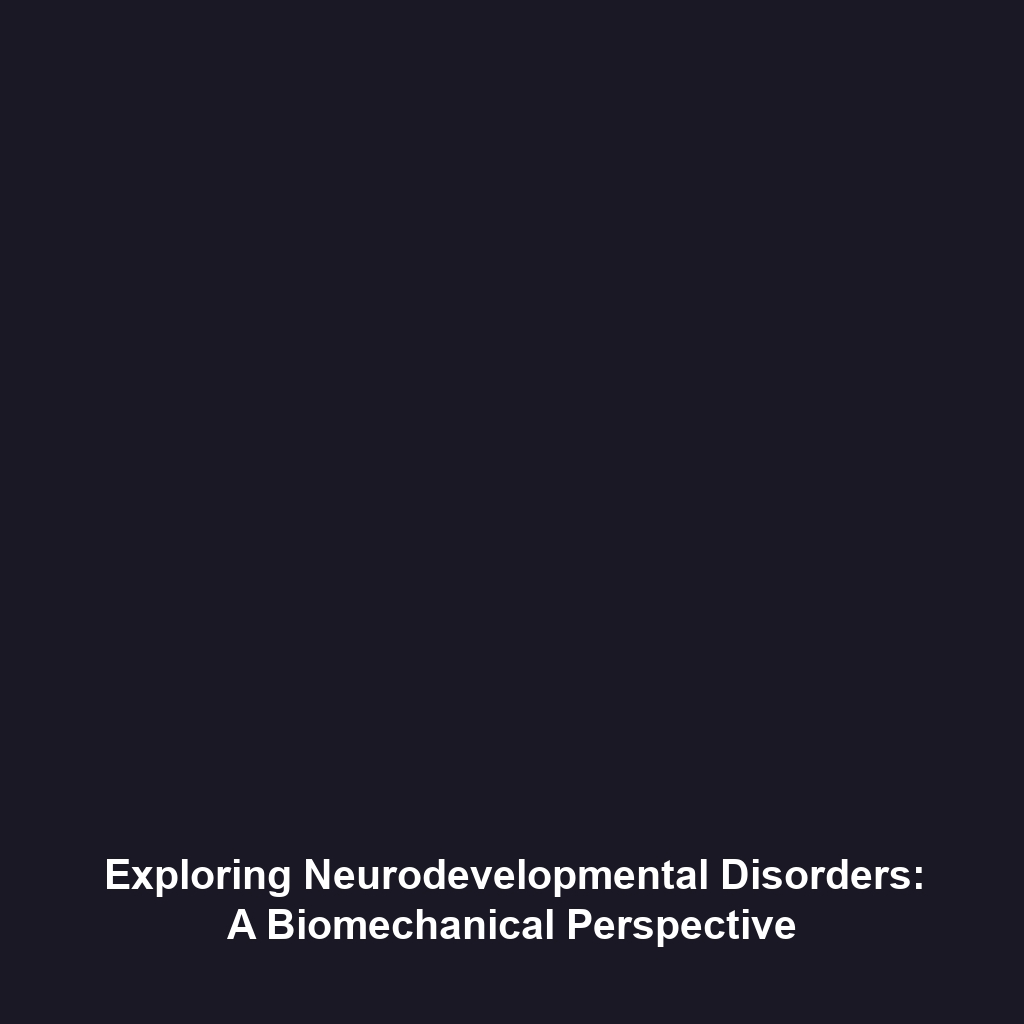Vitrification: A Key Technology in Cryonics and Life Extension
Vitrification is a groundbreaking preservation technique pivotal to cryonics and life extension. By transforming biological materials into a glass-like state without forming ice crystals, this method holds promise for preserving cells, tissues, and organs while safeguarding their structural integrity. As advancements in cryopreservation develop, understanding vitrification becomes essential in exploring how these technologies can extend human life and potentially allow for revival after biological death.
Key Concepts
Vitrification operates on several fundamental principles that relate closely to cryonics and life extension, including:
- Glass-Transition State: By cooling biological materials rapidly, vitrification avoids the damaging ice crystallization that can occur in traditional freezing methods.
- Cryoprotectants: Substances like dimethyl sulfoxide (DMSO) and ethylene glycol are employed to reduce ice formation and facilitate the glass-like transformation.
- Thermal Properties: Understanding the thermal behavior of biological tissues under cryogenic conditions is vital for optimizing vitrification protocols.
Applications and Real-World Uses
Vitrification is not only applicable in theoretical frameworks but also crucial in real-world settings, including:
- Storing Human Organs: Vitrification helps preserve organs for transplantation, significantly increasing the viability of delicate tissues.
- Fertility Treatments: This technique is commonly used in cryopreservation of oocytes and embryos, enhancing fertility preservation methods.
- Cryonics: In the cryonics field, vitrification allows for the preservation of human remains at low temperatures, aiming for potential revivals in the future.
Current Challenges
Despite its promising potential, the application of vitrification faces several challenges, including:
- Tissue Damage: Some tissues may not withstand the vitrification process properly, resulting in damage during thawing.
- Optimal Cryoprotectant Concentrations: Finding the right balance of cryoprotectants to minimize toxicity while maximizing preservation is complex.
- Scalability: Current vitrification methods may not scale easily for large organs, limiting its broader applications in medicine.
Future Research and Innovations
As the field evolves, several innovative approaches are emerging regarding vitrification:
- Next-Generation Cryoprotectants: Research is underway to develop cryoprotectants that are less toxic and more effective.
- Enhanced Vitrification Techniques: Advances in technology aim to improve cooling rates and methods to further reduce ice formation.
- 3D Bioprinting: Future innovations may allow the integration of vitrification with 3D bioprinting, enabling the creation of complex tissues and organs.
Conclusion
Vitrification stands at the forefront of cryonics and life extension, offering revolutionary techniques for biological preservation. With continued research and development, this technology could reshape the landscape of medical science and organ transplantation. For more information on related topics, explore our sections on Cryonics and Life Extension.







